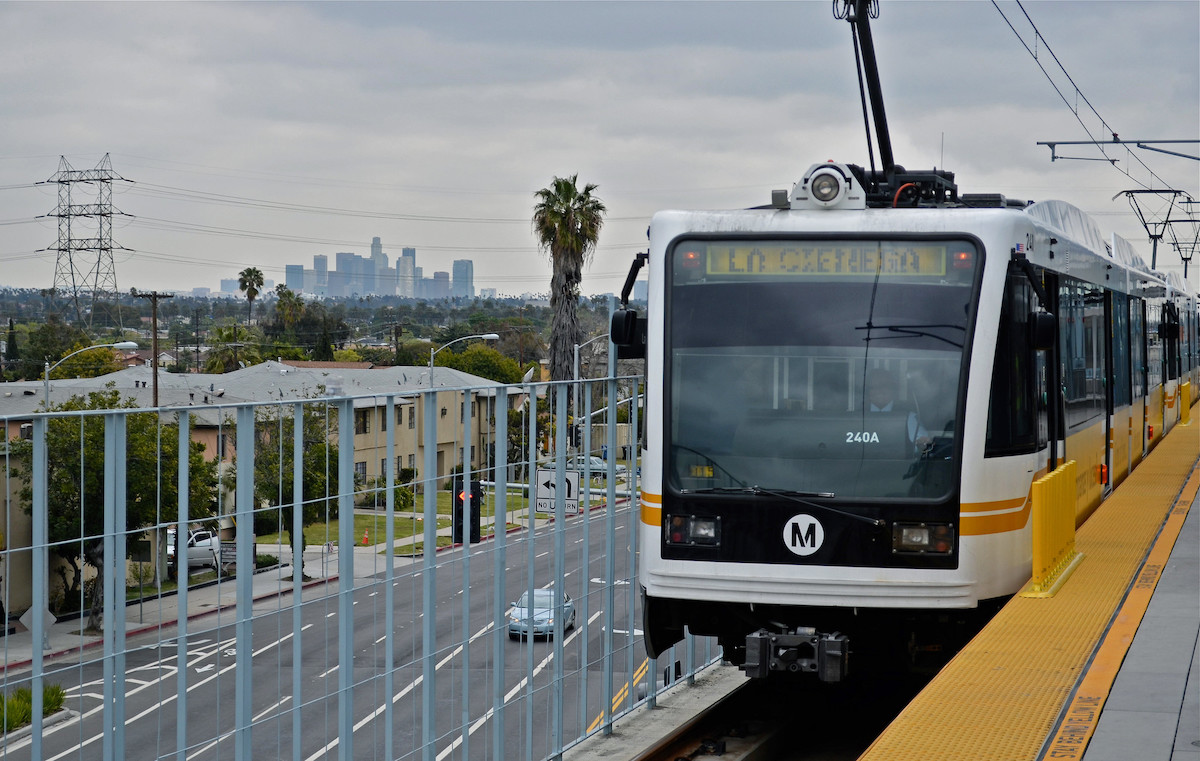The Keys to the Low-Carbon City: Pro-Housing Land Use Reform

Cities often overlook land use reforms as tools to reduce climate pollution, but such reforms are among the most highly-leveraged (and under-utilized) tools at the disposal of urban leaders.
A new report from Holland, Subin, Kay et al at the Rocky Mountain Institute (RMI) explores how land use reforms can be used to reduce climate pollution. To reach its 2030 climate action goals, the United States needs to reduce carbon pollution from transportation by 45 percent – a target that requires both a substantial increase in the use of electric vehicles, and a substantial decrease in how much people drive: Driving, measured as “vehicle miles traveled” (VMT) per capita, must come down in total by 20 percent.
Key takeaways:
- The authors estimate that the proposed land use reforms could reduce VMT per capita within city limits by 11 to 34 percent. Across each metro area, VMT per capita could be reduced by 8 to 13 percent.
- The land use reforms are estimated to reduce building energy use by four to 16 percent and reduce greenhouse gas emissions by five to 14 percent.
- Of the three cities, the researchers estimate that Austin would experience the most significant decreases on all measures (VMT per capita, building energy use, and greenhouse gas emissions) if broadly upzoned.
For decades, US urban land use policy has encouraged urban sprawl through exclusionary zoning, racial discrimination, and policies favoring single-unit detached homes. Urban sprawl, in turn, has escalated dependency on cars, led to longer car trips, and increased carbon emissions.
Focusing on three fast-growing US cities – Austin, Charlotte, and Denver – the authors predict how certain land use reforms would affect housing production, sprawl, VMT per capita, building energy use, and greenhouse gas emissions. Specifically, the authors consider the potential impacts of upzoning, infill, and transit-oriented development (TOD) policies that have already been proposed in each city.
The RMI research team estimates that if Austin allowed mixed-use buildings up to 90 feet tall along transit corridors, VMT per capita would fall by 34 percent within the city and by 15 percent across the Austin metro area. TOD expansion could create capacity for almost a million new housing units.
In Charlotte, a TOD strategy that allows mixed-use buildings up to 90-feet tall near the city center and 40-foot mixed-use buildings further out would be associated with a 34 percent decrease in VMT per capita within city limits and an eight percent decrease across the metro area. If fully realized, 143,000 new housing units could be built.
Lastly, if Denver were to expand TOD and increase density along transit corridors, it could result in an 11 percent decrease in VMT per capita within city limits and a 13 percent decrease across the region, as well as capacity for up to 324,000 new housing units.
Attached, multifamily housing has other environmental benefits, as these building types use less energy, save materials, and require less public infrastructure. Energy use savings are predicted to be as high as 16 percent in Austin.
Holland and his coauthors highlight how land use reform can advance climate action as well as benefit housing supply and affordability. By making relatively modest reforms and upzoning only a small portion of parcels (no more than 3.6 percent of all city parcels), cities can significantly reduce VMT per capita and overall emissions. That said, wide-scale upzoning would likely be necessary to minimize spikes in land values and protect housing affordability. The authors also recommend land use reforms that go beyond rezoning, such as lifting height restrictions, eliminating minimum lot sizes and parking requirements, and streamlining approval processes.
Photo of the Los Angeles Metro Rail Expo Line at La Cienega Station by Steve and Julie